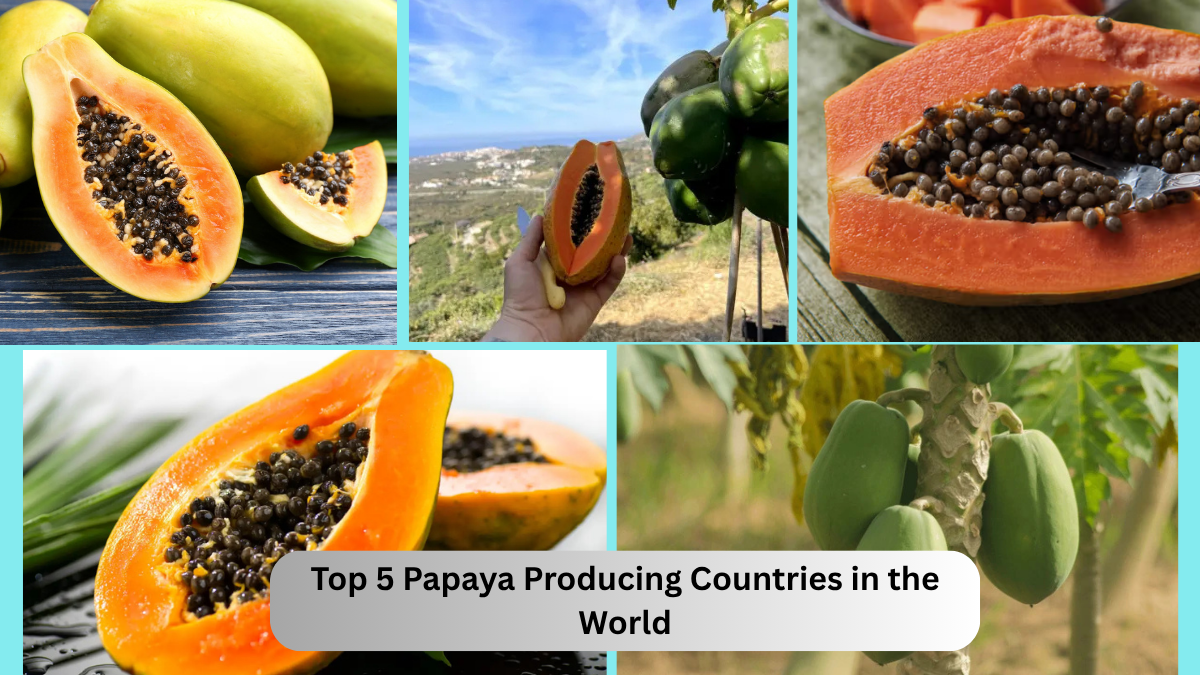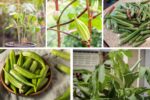Sweet, juicy, and brimming with tropical flavor — papaya is one of the most beloved fruits around the globe. From refreshing fruit salads and smoothies to traditional medicines and savory dishes, papaya’s versatility makes it a staple in many cuisines and cultures. It’s also celebrated for its rich supply of vitamins, antioxidants, and digestive enzymes like papain.
While papayas are cultivated in many tropical and subtropical countries, a select few nations lead global production. In this article, we’ll explore the Top 5 Papaya Producing Countries in the World, what makes these countries perfect for papaya farming, and how they impact both domestic and international markets.
Global Overview of Papaya Production

According to the Food and Agriculture Organization (FAO), global papaya production exceeds 13 million metric tons per year. The majority of this production comes from Asia, South America, and Africa, where tropical and subtropical climates provide perfect growing conditions.
Let’s dive into the countries that dominate this colorful and delicious industry.
Top 5 Papaya Producing Countries
1 India — The World’s Leading Papaya Producer
Annual Production: Approximately 5.7 million metric tons
Global Share: Over 43%
India is by far the largest papaya producer on Earth, contributing nearly half of the global supply. The country’s warm climate, fertile soil, and year-round sunshine make it ideal for papaya cultivation.
Major Growing Regions:
- Andhra Pradesh: Known for its high-yield commercial orchards.
- Maharashtra and Gujarat: Producers of export-grade papayas.
- Karnataka, Tamil Nadu, and West Bengal: Known for diversified horticultural farming.
Why India Leads:
- Ideal tropical and subtropical climate zones.
- Vast areas of arable, well-drained farmland.
- High domestic demand for both fresh consumption and culinary uses.
- Use of high-yield hybrid and disease-resistant varieties like ‘Red Lady’.
- Government support through horticulture development programs and subsidies.
Fun Fact:
In India, papaya is as commonly used in savory curries as it is in fruit salads!
2 Indonesia — Southeast Asia’s Papaya Powerhouse
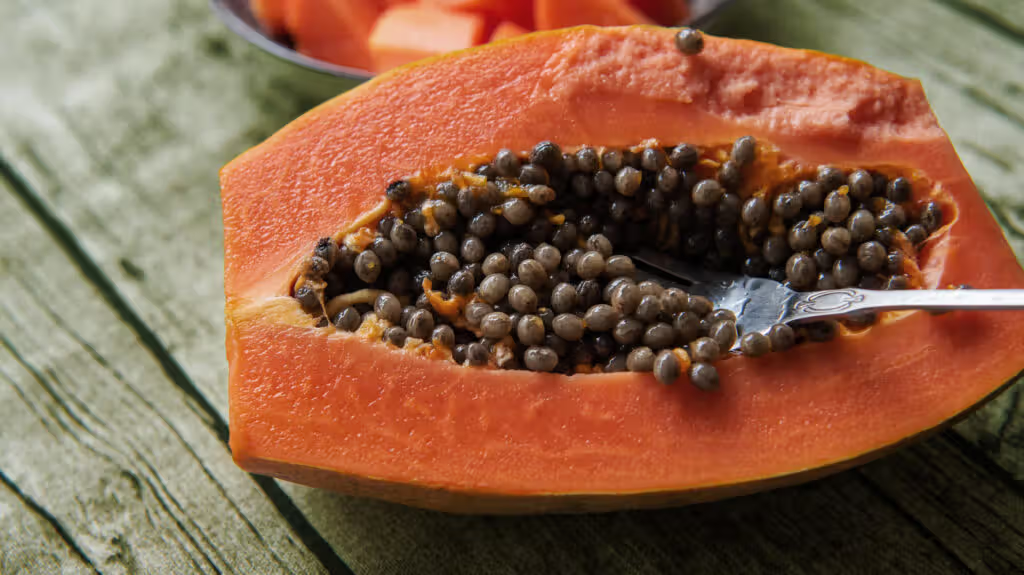
Annual Production: Approximately 0.9 million metric tons
Global Share: Around 7%
Indonesia ranks second globally in papaya production, with the fruit thriving in its equatorial climate. The country has long enjoyed papaya for both culinary and medicinal purposes, making it a staple in Indonesian homes.
Major Growing Regions:
- Java
- Sumatra
- Sulawesi
Why Indonesia Excels:
- Year-round equatorial sunshine and humidity.
- Abundant volcanic, nutrient-rich soil.
- Large-scale and smallholder farming systems.
- High consumption for fresh eating and medicinal use.
Fun Fact:
In Indonesia, unripe green papayas are often cooked into traditional dishes like ‘sayur lodeh’, a coconut milk-based vegetable stew.
3 Nigeria — Africa’s Top Papaya Producer

Annual Production: Approximately 0.8 million metric tons
Global Share: Nearly 6%
Nigeria leads Africa in papaya production, where the fruit is grown in both rural homesteads and commercial farms. It’s a crucial crop for food security and nutrition across the country.
Major Growing Regions:
- Benue
- Kaduna
- Kano
- Oyo
Why Nigeria Stands Out:
- Tropical and subtropical climate suitable for year-round cultivation.
- High local demand for fresh fruit and papaya-based herbal remedies.
- Rapidly growing urban markets.
- Increasing government focus on horticulture development.
Fun Fact:
In Nigeria, papayas are often enjoyed alongside breakfast or juiced with lime and ginger for a refreshing health tonic.
4 Brazil — South America’s Papaya Specialist
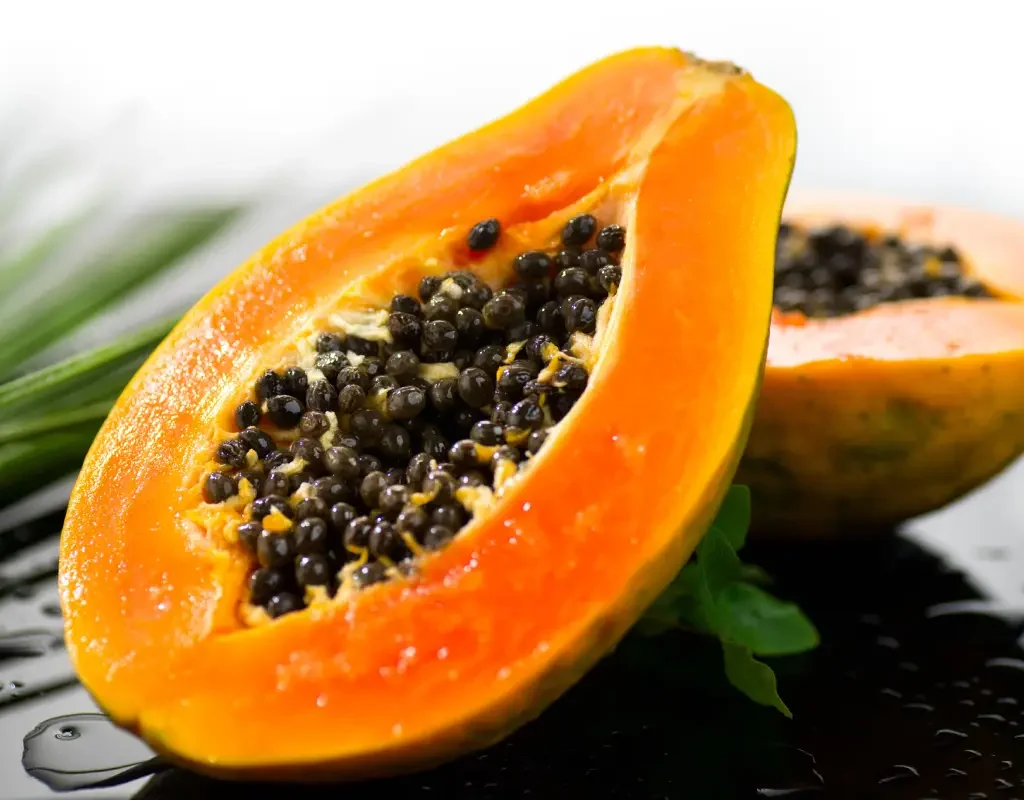
Annual Production: Approximately 0.7 million metric tons
Global Share: Around 5%
Brazil is South America’s largest papaya producer and one of the world’s leading exporters, particularly to Europe and North America.
Major Growing Regions:
- Espírito Santo
- Bahia
- Ceará
Why Brazil Excels:
- Fertile coastal plains and tropical climate.
- A well-established export infrastructure for papayas.
- High domestic consumption alongside growing international demand.
- Cultivation of premium export-grade varieties like Golden Papaya.
Fun Fact:
Brazil’s ‘Formosa’ papaya variety is a favorite in European markets for its size, sweetness, and long shelf life.
5 Philippines — A Tropical Favorite
Annual Production: Approximately 0.6 million metric tons
Global Share: About 4.5%
The Philippines rounds out the top five with significant papaya production driven by its ideal growing conditions and rich culinary traditions.
Major Growing Regions:
- Mindanao
- Luzon
- Visayas
Why the Philippines Stands Out:
- Warm, humid tropical climate ideal for papaya.
- High per capita consumption for both ripe and green papayas.
- Papaya’s integral role in Filipino cuisine, both fresh and cooked.
- Expanding export markets in Japan, South Korea, and the Middle East.
Fun Fact:
Green papayas are essential in making ‘atchara’, a traditional Filipino pickled relish.
Global Trends in Papaya Production
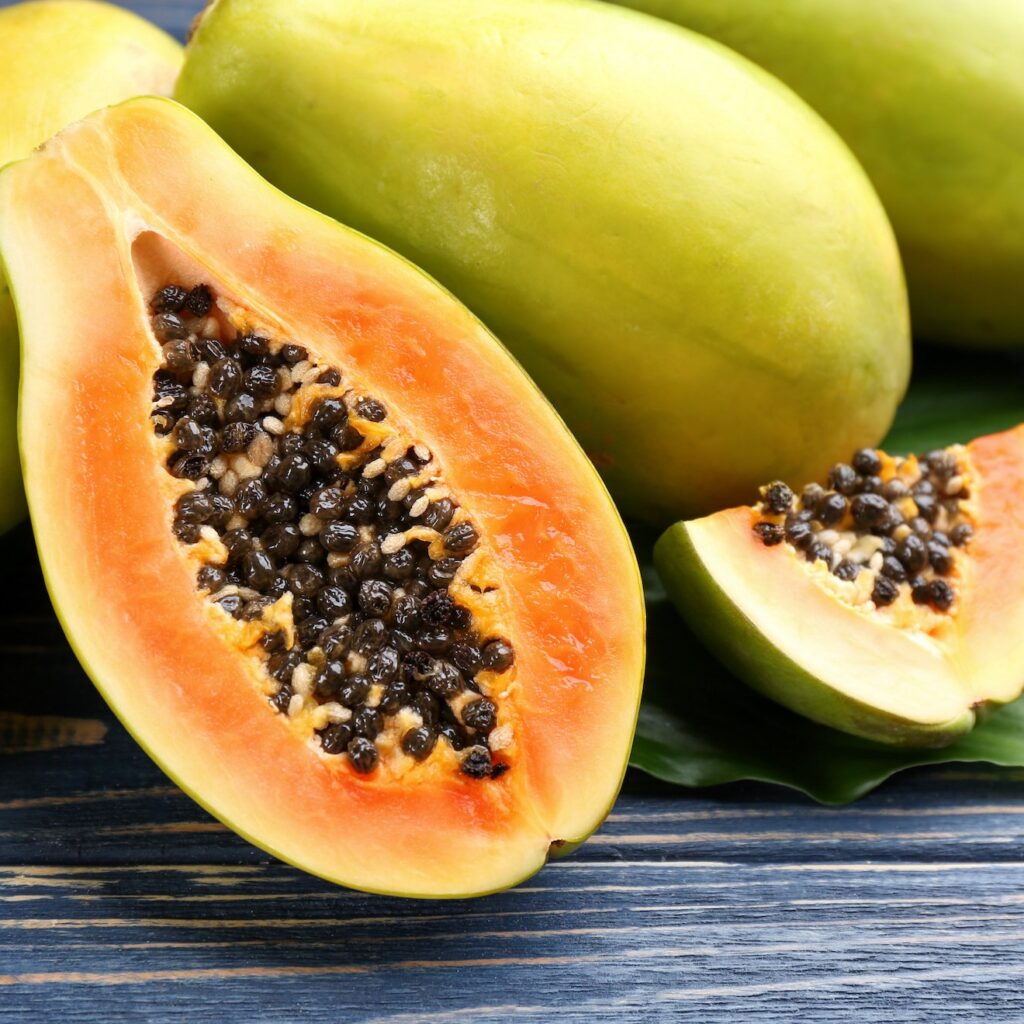
Rising Health and Wellness Demand
Papayas are increasingly valued for their:
- Vitamin C, Vitamin A, and folate
- Digestive benefits from papain
- Low calorie and high antioxidant content
Health-conscious consumers globally are driving higher papaya consumption, particularly for smoothies, wellness bowls, and natural remedies.
Shift to Hybrid Varieties
Farmers worldwide are adopting hybrid papaya strains that offer:
- Higher yields
- Better disease resistance
- Longer shelf life
- Improved sweetness and color
Notable varieties like ‘Red Lady’ and ‘Golden Papaya’ dominate global markets.
Expanding Export Markets
While India largely consumes its papayas domestically, countries like Brazil, the Philippines, and Mexico are actively growing their export markets, targeting Europe, Japan, North America, and the Middle East.
Conclusion
To sum up, the Top 5 Papaya Producing Countries in the World are:
- India
- Indonesia
- Nigeria
- Brazil
- Philippines
Together, these nations contribute the bulk of the world’s papaya harvest, each with unique agricultural traditions, regional varieties, and market demands.
While India remains the undisputed leader — thanks to its perfect growing conditions, massive domestic demand, and modern farming techniques — countries like Indonesia, Nigeria, Brazil, and the Philippines continue to strengthen their positions in both local and international markets.
Whether you enjoy papaya fresh on a sunny morning, blended into a smoothie, or cooked in a traditional curry, chances are it comes from one of these tropical papaya powerhouses.
